SUMMARY
This is AI generated summarization, which may have errors. For context, always refer to the full article.
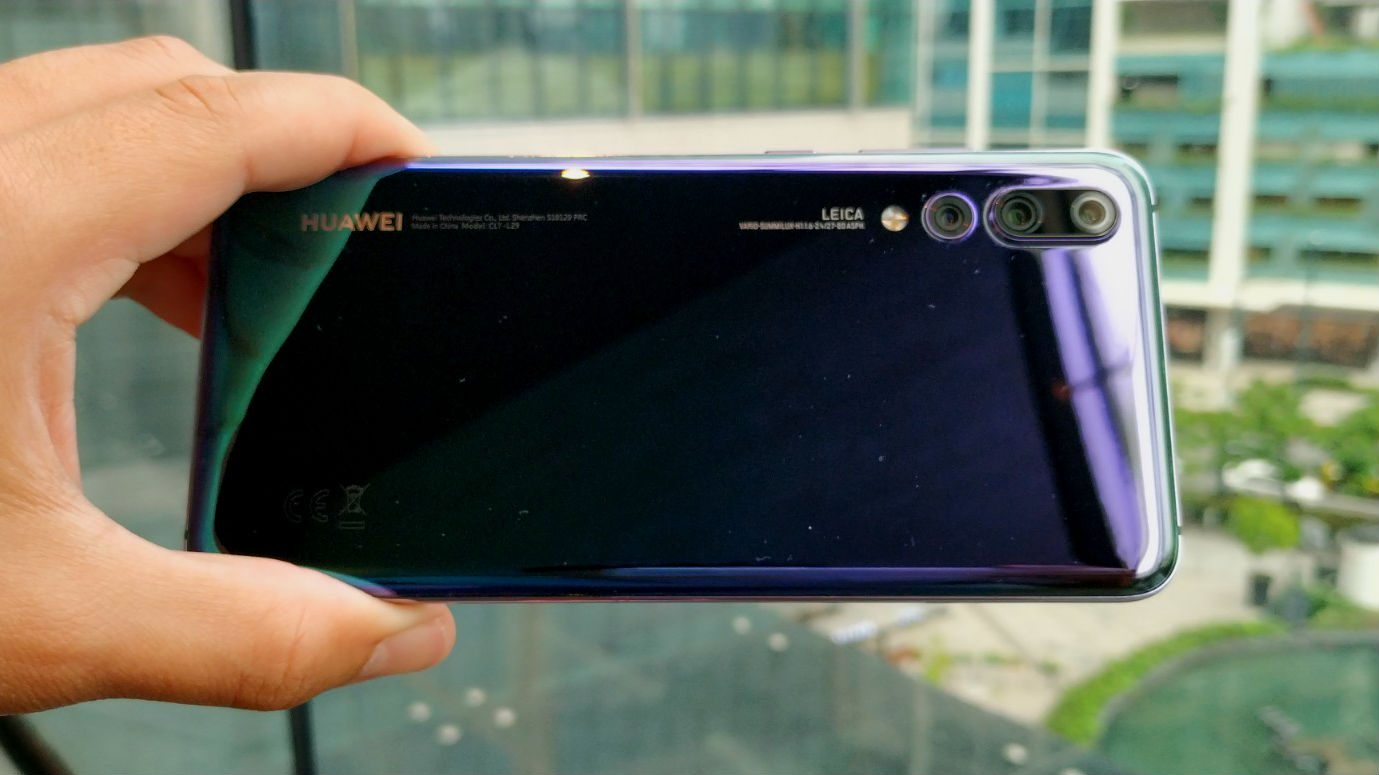
MANILA, Philippines – Before Huawei’s outstanding flagship, the P20 Pro, came out in the first quarter of 2018, much of the talk about it had been centered on the phone’s rumored 3-camera setup. Another camera!
Dual cameras have been the norm then, and still is, but Huawei – if the rumors then would prove true – was upping the game with its flagship.
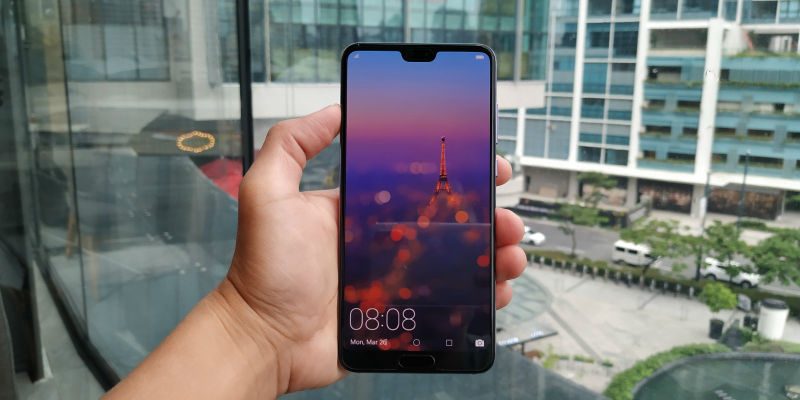
While the 3-camera setup was turning heads then, it wasn’t nearly because people were expecting a huge jump in camera performance, it was more because it seemed like a weird, oddball choice. Even now, dual cameras aren’t always seen as a necessity – nice to have, but not the true determinant for image quality – so what more, 3 cameras? The triple-camera got some great fan attention but was it going to be a game-changer? Seemed like a gimmick.
Until of course, it wasn’t. Huawei, at a grand event in Paris (later to be the launchpad too for Oppo’s Find X), unveiled the P20 series, the Pro variant included, packing indeed not one, not two, but three cameras – the third one being a 3x optical zoom lens bearing an 8-megapixel sensor. Nifty but hard to qualify as game-changing. Instead, it’s its Dxomark scores – the closest thing to an industry-standard mobile camera metric we have right now – that proved game-changing: a score of 109 overall.
The 109 score was a massive jump. Previously, the record-holder was the Samsung Galaxy S9 Plus, unveiled just about a month before the P20 Pro, with a score of 99. That’s 10 points. To put things in perspective, it took about 2 years for the S9 Plus to jump 10 points from the Samsung Galaxy S7 Edge’s score of 89, unveiled all the way back in February 2016.
The S9 Plus’ reign at the top of the camera rankings could arguably be the shortest. It’s not impossible for Samsung to have felt irked, especially with their pre-release slogan of “The Camera. Reimagined.” The S9’s camera was good, but the Pro had leapt over it, seemingly by a generation or two, just in terms of sheer optical quality.
The smartphone world can be full of gimmicks, from the youngest to the most established brands, each one prone to putting a little bit of marketing relish from time to time. But the Pro’s camera score legitimately got enthusiasts excited, with the pixel-peepers themselves at Dxomark labelling it a “game-changer.”
Actual use
Having spent ample time with the camera, I can certainly vouch for the camera’s score. You don’t have to be a pixel-peeper, and to look into all the specs to appreciate the photos the Pro takes. They’re a true step-up from the phone cameras I’ve tested before. Personally, I had been a solid fan of the photos taken by the Samsung Galaxy S8, the LG G6, and the HTC U11.
They’re the phones that offered both great hardware and pleasant software tweaking, and were steady and reliable. Among these, it was the S8 that I favored the most. I’ve also tested older Huawei flagships such as the Mate 9 and 10, but I somewhat found the aesthetic quality of their photos a little bit on the inorganic side.
The P20 Pro, however, changed that opinion. It’s like Huawei has suddenly just found the right mix in producing photos. Huawei’s always had the Leica-backed hardware going for it, but now the photos are processed more pleasantly, giving a more natural look. Pair this with the powerful new hardware (it’s a 40MP RGB f/1.8 + 20MP monochrome f/1.6 + 8MP 3x optical zoom f/2.4 setup by the way), and you’ve got monster potential.
Here are some samples, all of which are unedited, out-of-camera shots:
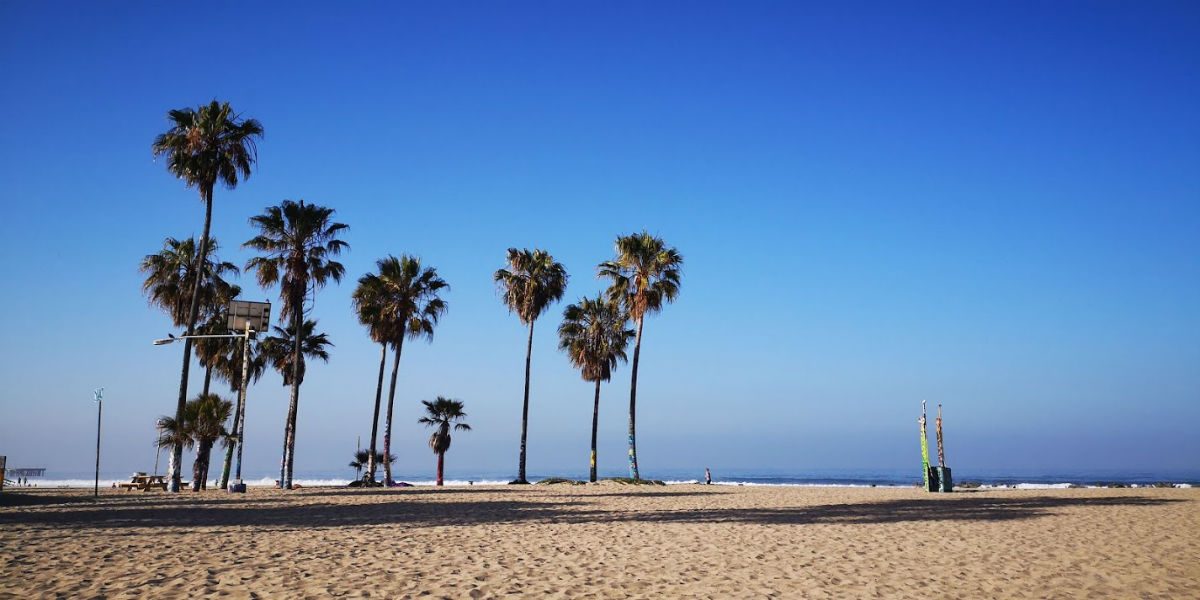


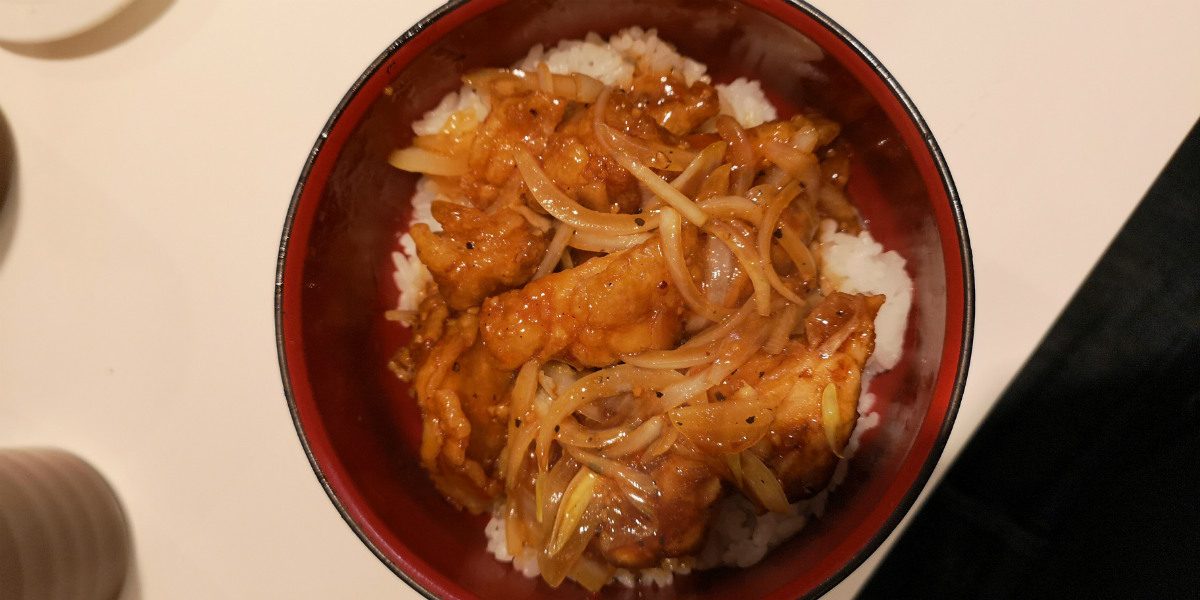


The Pro blew away what I’d expected from a phone camera, and more than ever, I was confident to leave behind a dedicated camera. Photos came out with a level of sharpness that, to me, can – in certain situations, at least – rival the packed-in kit lens of dedicated camera systems. Two smartphone generations ago, smartphones became good enough that most people can do away with a dedicated point-and-shoots camera. With the P20 Pro, smartphones appear to be starting to knock on the door of ennthusiasts.
That’s why the Pro is easily in the top 3 of this year’s flagships: when it was released, its camera felt like a breakthrough for smartphones.
The Pro also really shines with night photography. That’s where it shows off the great dynamic range it’s capable of, showing great skill at preventing blown-out parts and retaining some texture and detail in the dark areas. You feel like a pro taking night shots with the P20 Pro. It adjusts intelligently, and I’ve also yet to experience serious optical aberrations and distortion with the camera.
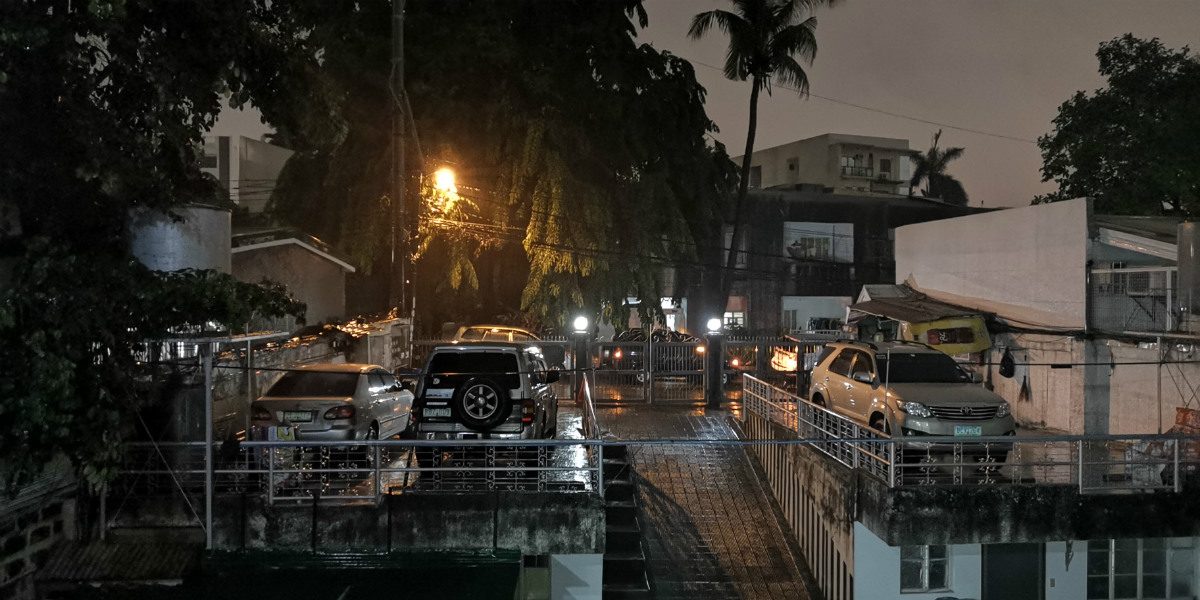
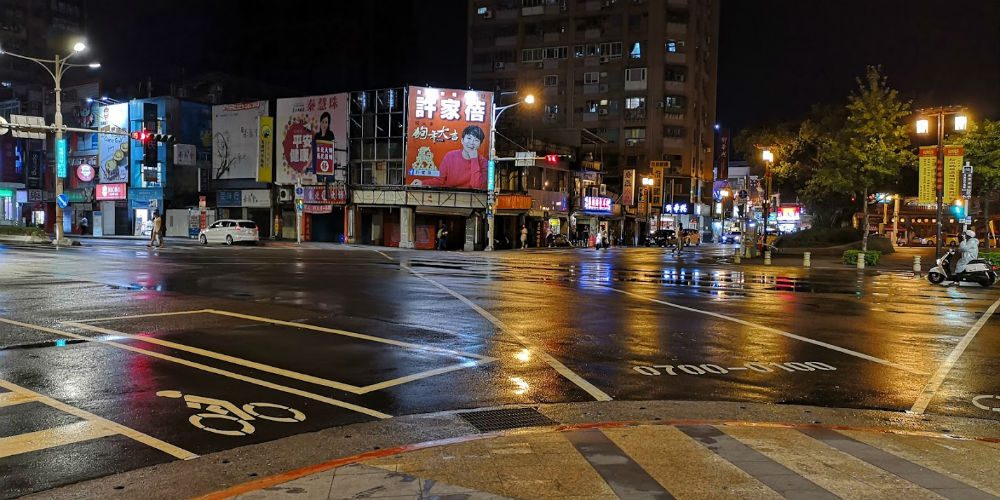
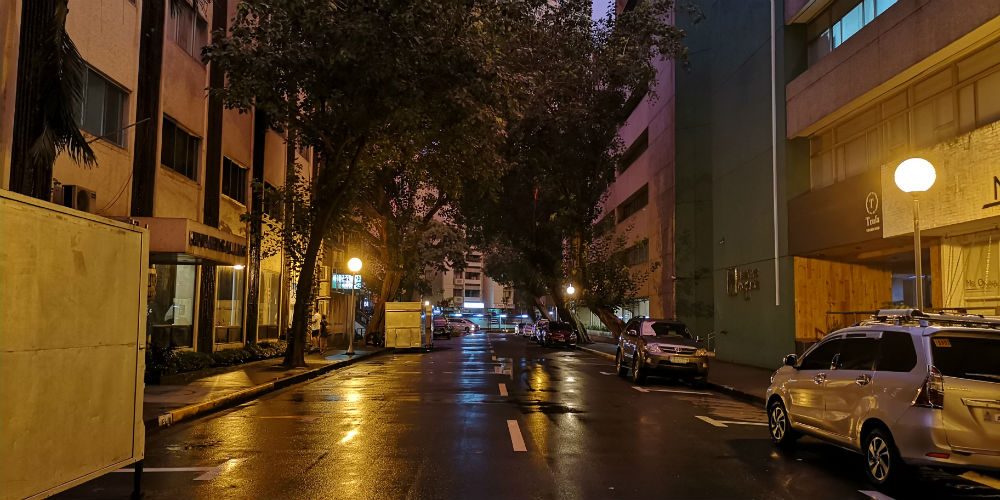

Some turn-offs: the portrait detection system can be pushy sometimes, forcing you to take a portrait photo with a different image aspect ratio, when you’re fine with your own settings. Sometimes, it also wants you to use certain settings for a scene, but really you want it to appear a different way – so use the manual mode in this case.
It touts its AI-assisted scene detection system (it has the AI-enabled Kirin 970 processor after all), but truly the magic is in its hardware, the larger-than-usual pixel and sensor size, and the great optical image stabilization for video. With steady, careful hands, you can almost approximate and mimic gimbal-assisted videos.
One last thing: if you’re getting the P20 Pro, get the twilight color. It’s lovely. Last year, it was the Galaxy S8 that sported the most eye-catching design. This year, it’s the twilight P20 Pro that’s most amazing to look at; the gradient color scheme really complements the P20 Pro’s premium build (glass front and back, aluminum frame) and heft. In a world where Samsung and Apple typically dominate the conversation when it comes to beauty in design, the P20 Pro is Huawei’s declaration that they’re truly a smartphone player deserving to be in the same breath as those guys.
They’ve proven the ability to innovate and pioneer design cues with the P20 Pro. In fact, globally, their bigger concern now may no longer be proving that they belong in the same sentence as the two long-reigning kings of the smartphone world. Their bigger concern is combating security issues and accusations – true or not – regarding their network equipment, as brought up by countries including the US, the UK, and Australia.
This year, the Chinese giant once again overtook Apple in the global sales race in Q2 2018. If they can allay fears or convincingly disprove said concerns, closing the gap with Samsung may be easier. – Rappler.com
Add a comment
How does this make you feel?
There are no comments yet. Add your comment to start the conversation.